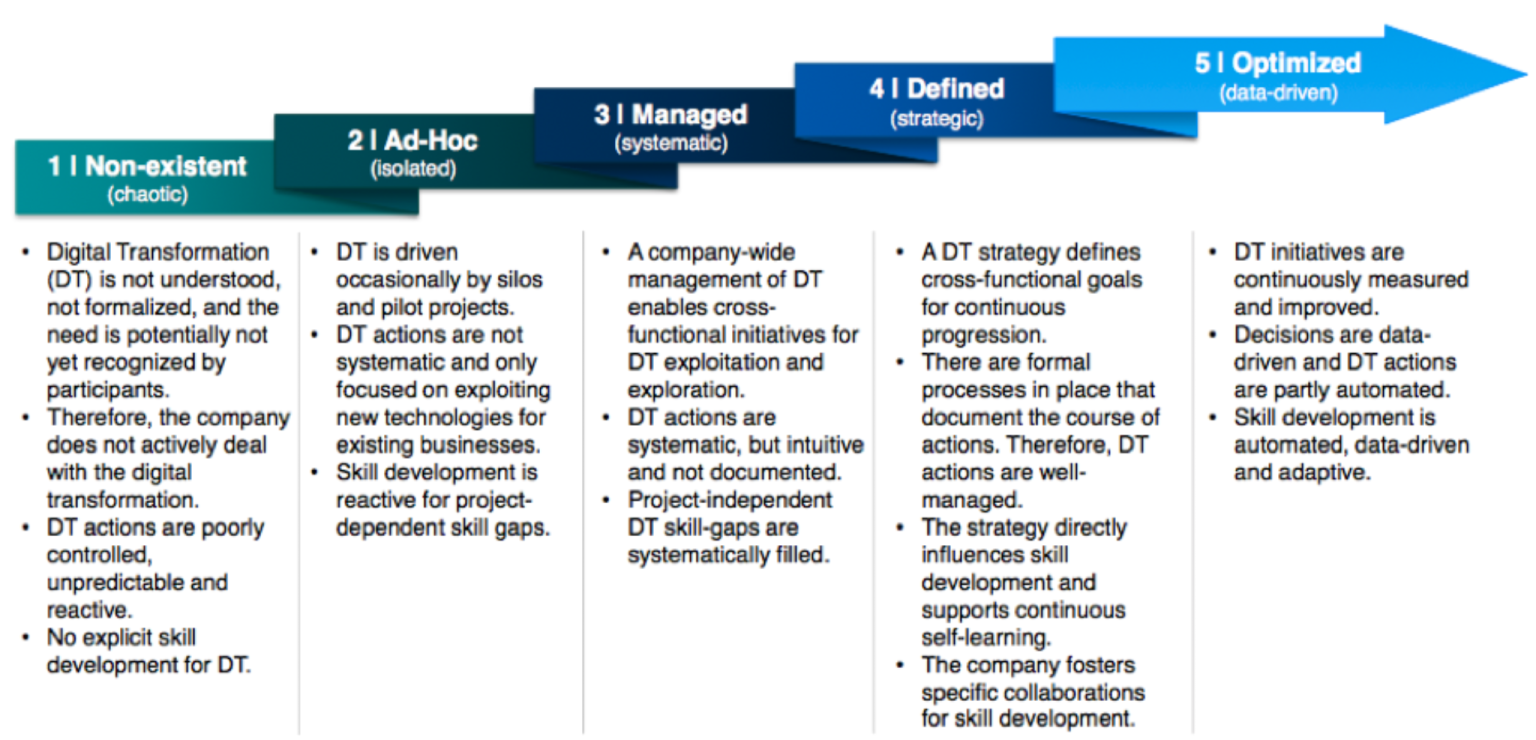Digital strategy isn’t just about reacting to trends—it’s about creating a roadmap that ensures long-term success. But how far ahead should you plan? The answer depends on your industry, business goals, and digital maturity. Let’s break it down.
1. The Ideal Digital Strategy Planning Timeline
A well-structured digital strategy should balance long-term vision with short-term execution. Here’s a general framework:
🔹 3-5 Years: Long-Term Vision
- Define your digital transformation goals.
- Forecast market shifts and emerging technologies.
- Align digital initiatives with business objectives.
✅ Example: A SaaS company may plan a full AI integration over five years, anticipating customer needs and regulatory shifts.
🔹 12-18 Months: Mid-Term Strategy
- Budget allocation for digital initiatives.
- Platform and technology selection.
- Major campaign and automation planning.
✅ Example: A retail brand launching an e-commerce platform should plan at least a year in advance to integrate logistics, inventory, and customer experience.
🔹 3-6 Months: Tactical Execution
- SEO and content marketing adjustments.
- Product launches and A/B testing.
- Performance tracking and optimization.
✅ Example: A startup optimizing paid ads should set a 3-6 month cycle to refine messaging and audience targeting based on analytics.
🔹 Monthly: Agile Adjustments
- Trend monitoring and rapid pivots.
- Data-driven optimizations.
- Adapting to algorithm changes.
✅ Example: A digital agency running social media campaigns should make weekly adjustments based on engagement metrics.
2. Industry-Specific Considerations
- Tech & SaaS: Requires long-term R&D and short-term feature rollouts.
- E-commerce: Needs seasonal planning (Black Friday, Cyber Monday, etc.).
- B2B Services: Should plan 18+ months ahead for thought leadership and lead nurturing.
3. The Biggest Pitfall? Not Planning at All.
Companies that don’t plan their digital strategy in advance fall into reactive mode—chasing trends rather than leading them. A proactive strategy ensures you’re ahead of the curve, not scrambling to catch up.
Final Takeaway
Your digital strategy should be fluid yet structured—a blend of visionary planning and agile execution. Plan long-term, adapt short-term, and always stay ahead of disruption.
Share this:
- Click to share on Facebook (Opens in new window) Facebook
- Click to share on X (Opens in new window) X
- Click to share on LinkedIn (Opens in new window) LinkedIn
- Click to share on Reddit (Opens in new window) Reddit
- Click to share on Pinterest (Opens in new window) Pinterest
- Click to share on Pocket (Opens in new window) Pocket
- Click to share on WhatsApp (Opens in new window) WhatsApp
- Click to email a link to a friend (Opens in new window) Email



